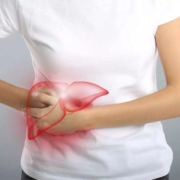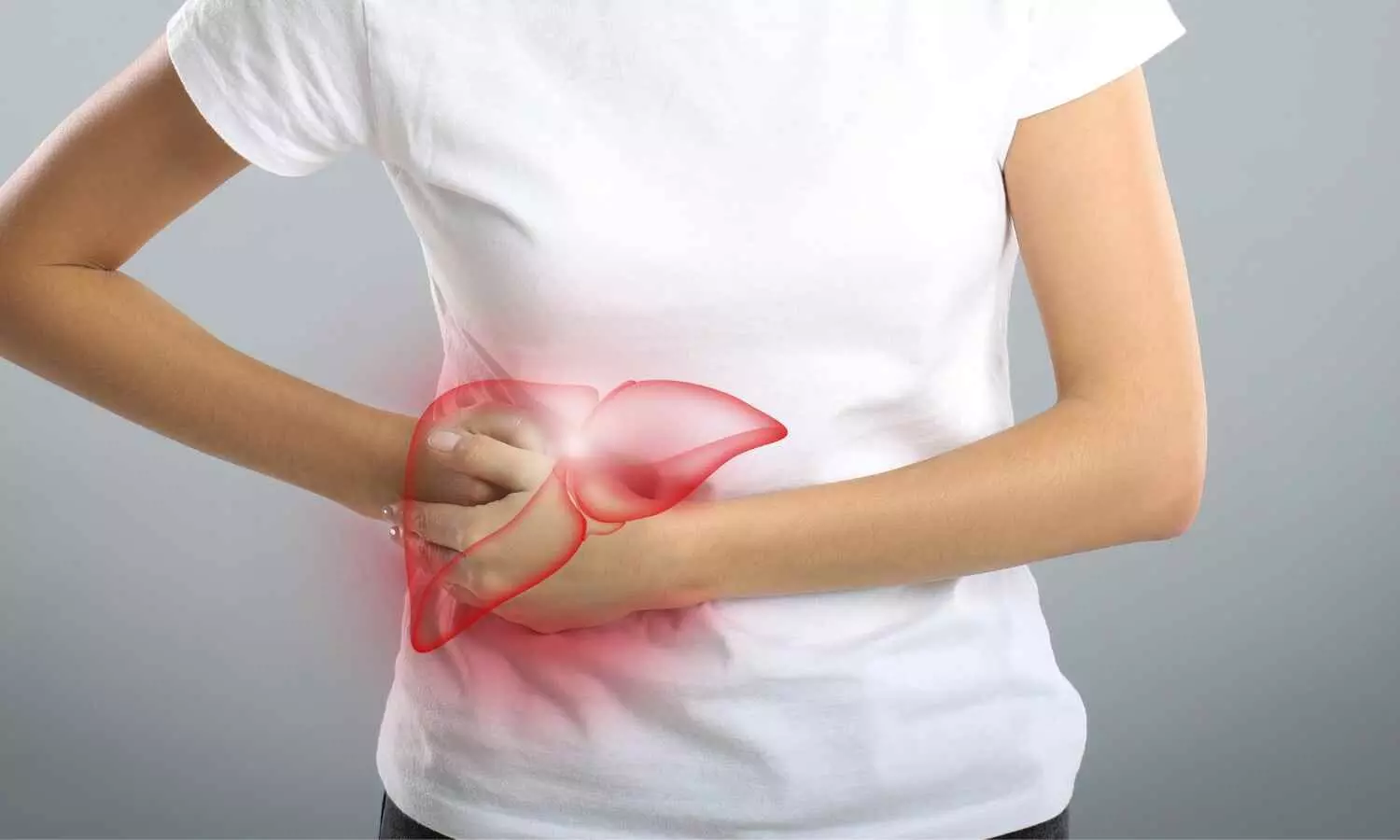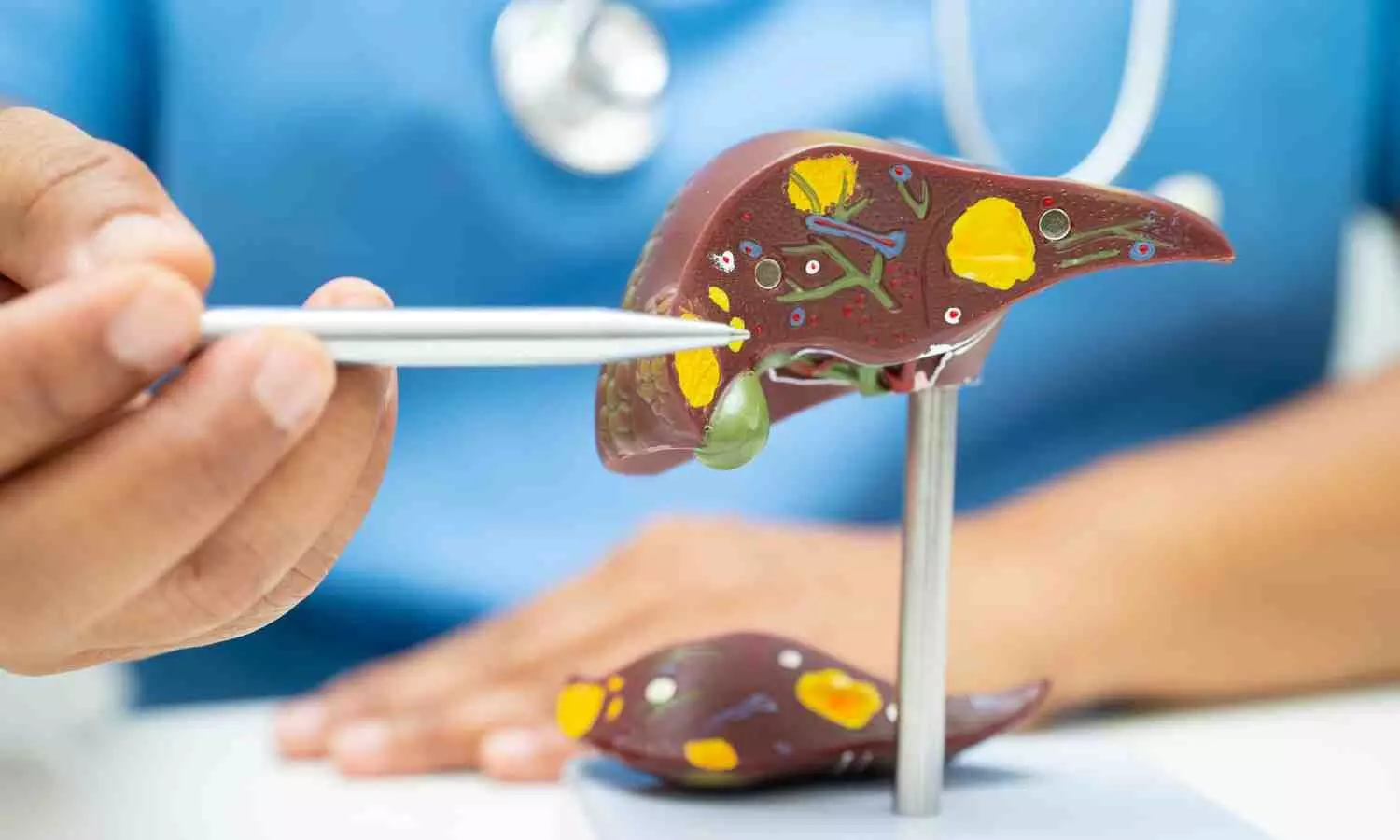Family alleges negligence after newborn dies at Nahan Govt Hospital

Nahan: A newborn baby passed away at Dr. YS Parmar Government Medical College and Hospital in Nahan, with the family accusing doctors of alleged medical negligence.
The incident has sparked outrage after a video surfaced on social media showing the infant’s maternal aunt detailing the alleged lapse.
In the video, the infant’s maternal aunt mentioned that her pregnant sister was admitted to the hospital on July 24. She claims that attending doctors administered doses of labour-inducing medication at 2 am, 6 am, and 10 am. However, despite experiencing intense labour pains for over ten hours, the pregnant woman’s cervical dilation reportedly did not progress beyond two centimetres.
Also Read: Probe ordered after gauze found inside woman’s abdomen after c-section
Despite the evident lack of progress and increasing risk, she alleged, the doctors did not consider a caesarean section or other urgent intervention. By the time medical staff took further action, the baby had already died in the womb.
Further allegations include the absence of on-duty doctors during critical nighttime hours, as well as a lack of essential medical equipment. She stated that the hospital did not have a working foetal heartbeat monitor or a 3D ultrasound machine — both considered vital in managing high-risk deliveries.
She added that the negligence not only resulted in the newborn’s death but also caused immense physical and emotional trauma to her sister. Speaking to Tribune India, Dr Sangeeta Dhillon, Senior Medical Superintendent at the medical college, said no formal complaint had been received in writing as of now. “If a complaint is submitted, action will be taken as per protocol,” she added.
Also Read: Stillbirth due to treatment delay- TN Govt to pay Rs 5 lakh compensation
Powered by WPeMatico









